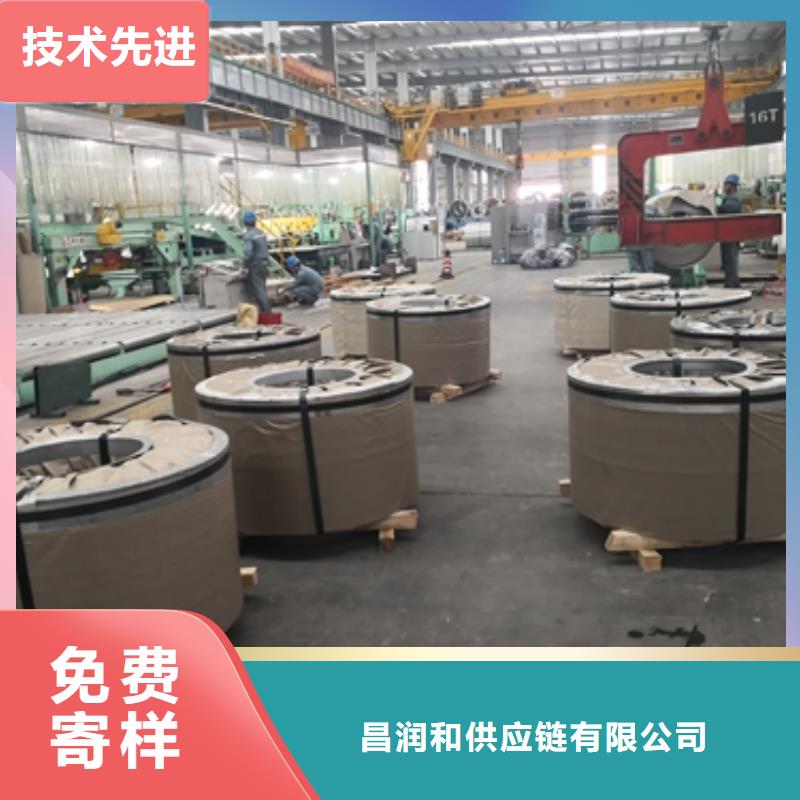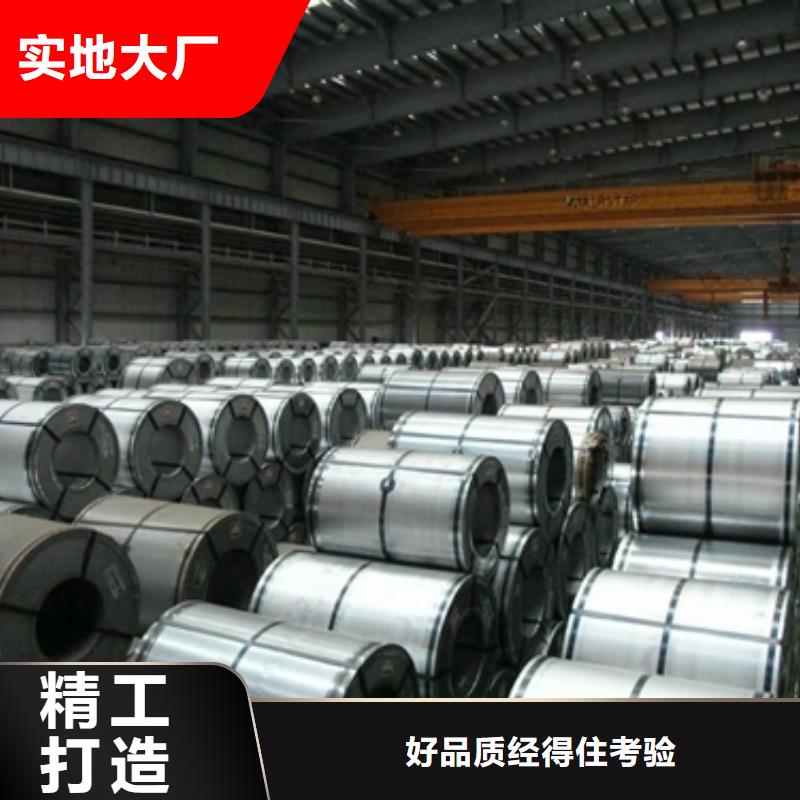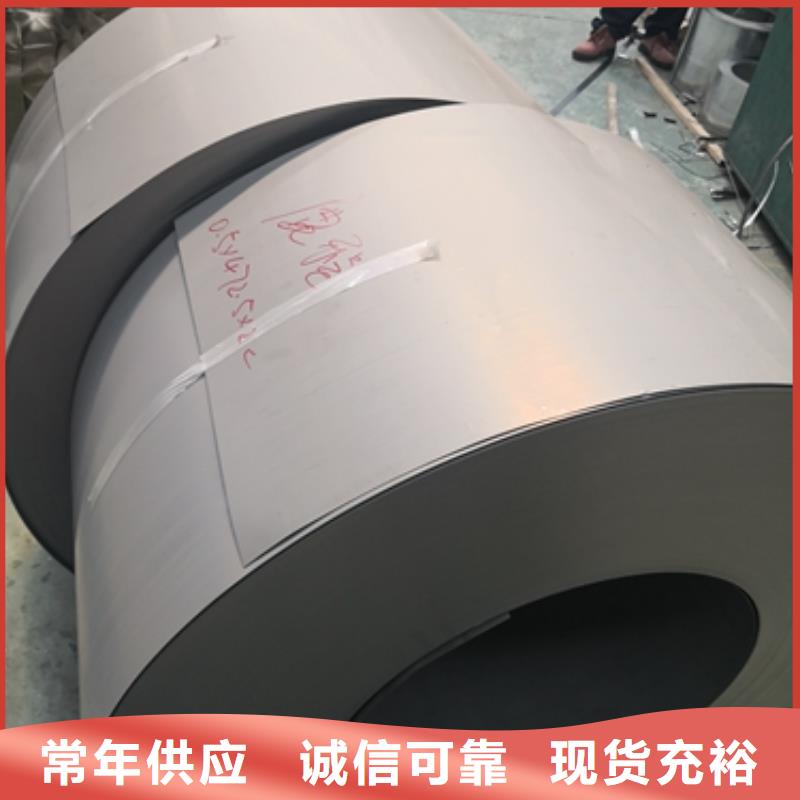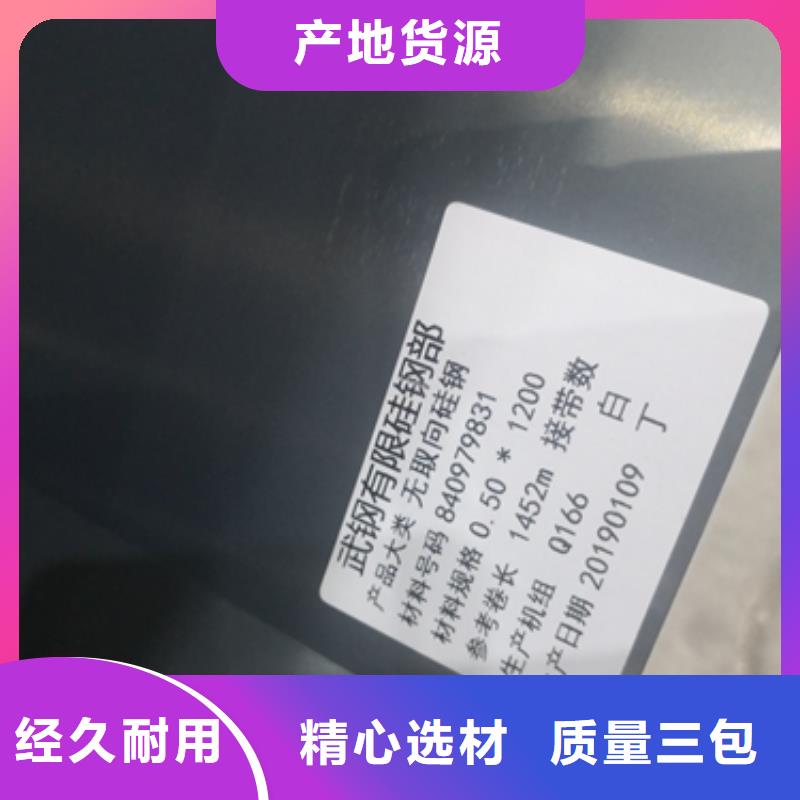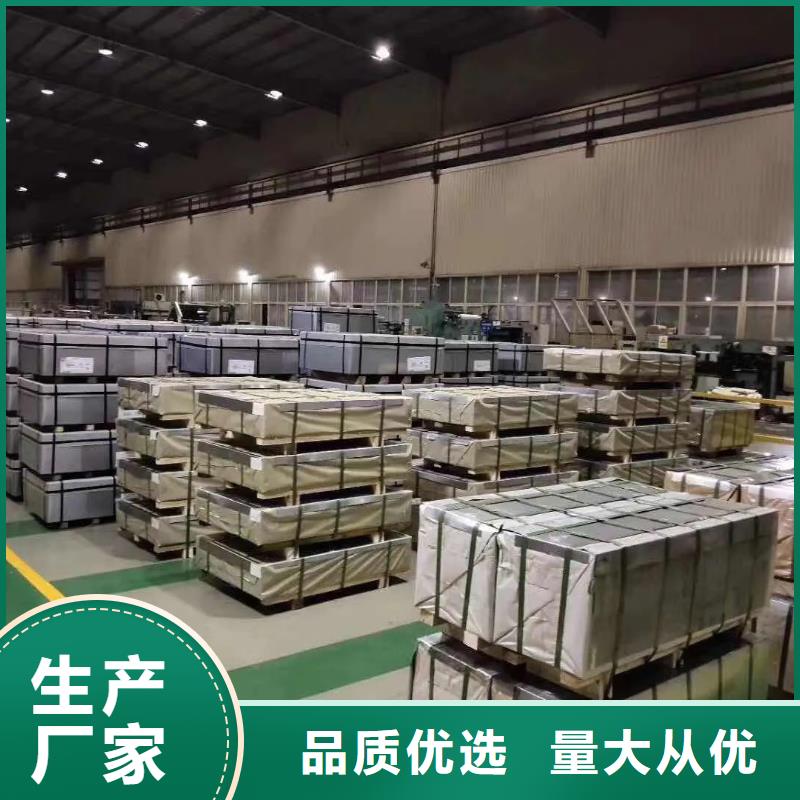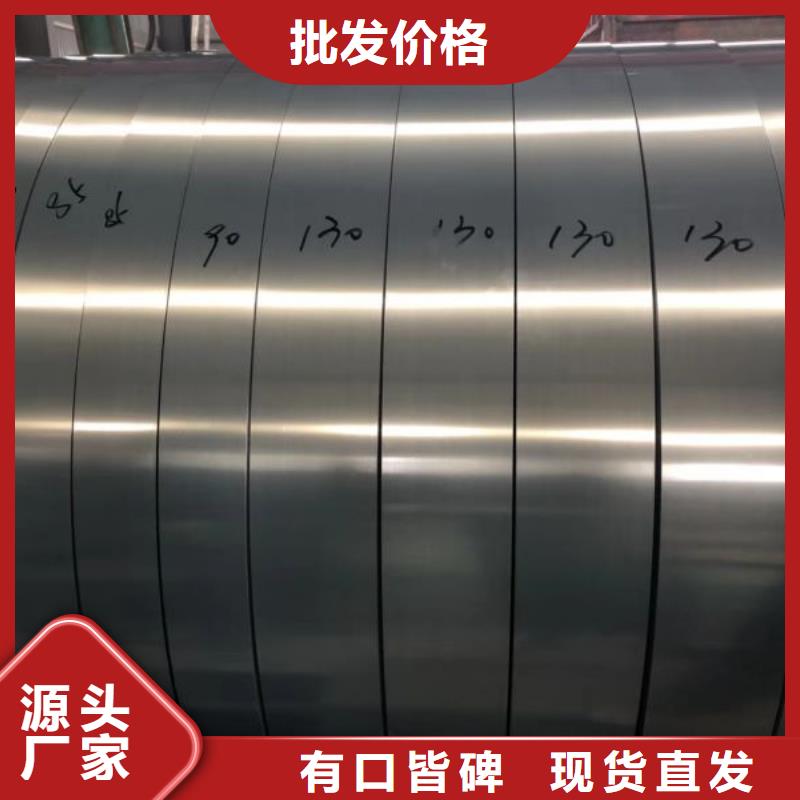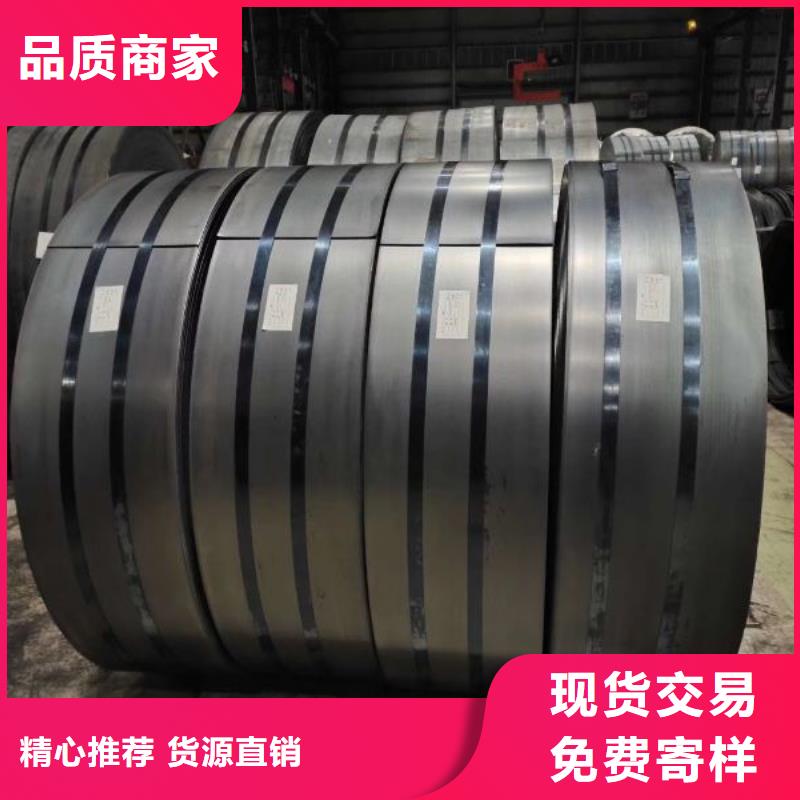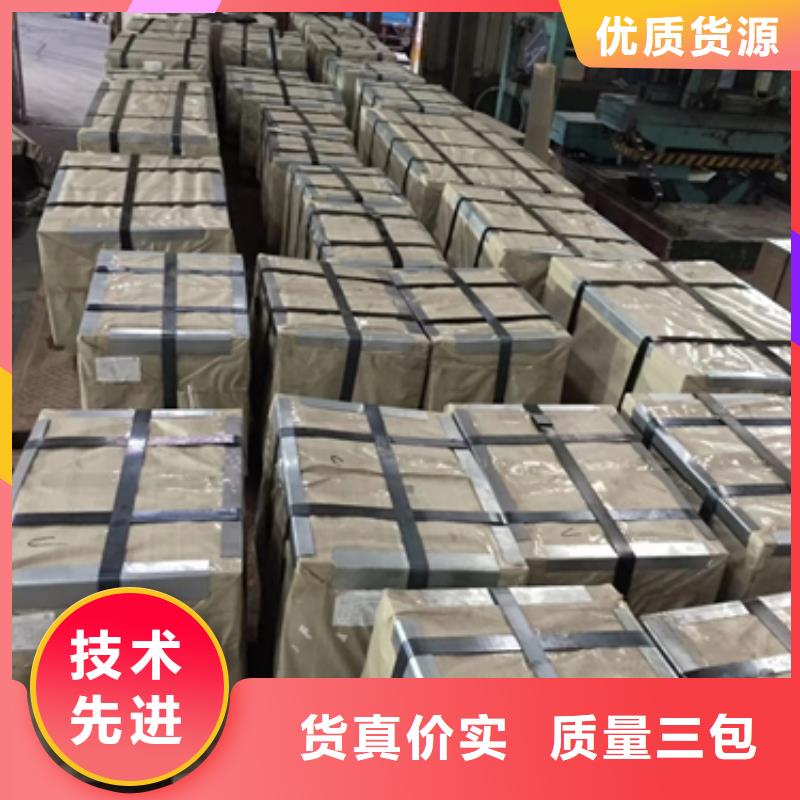不要犹豫,点击播放我们的武钢 50WW700型号全产品视频,让每一帧画面都为您揭示产品的独特之处,带给您前所未有的惊喜。
以下是:武钢 50WW700型号全的图文介绍
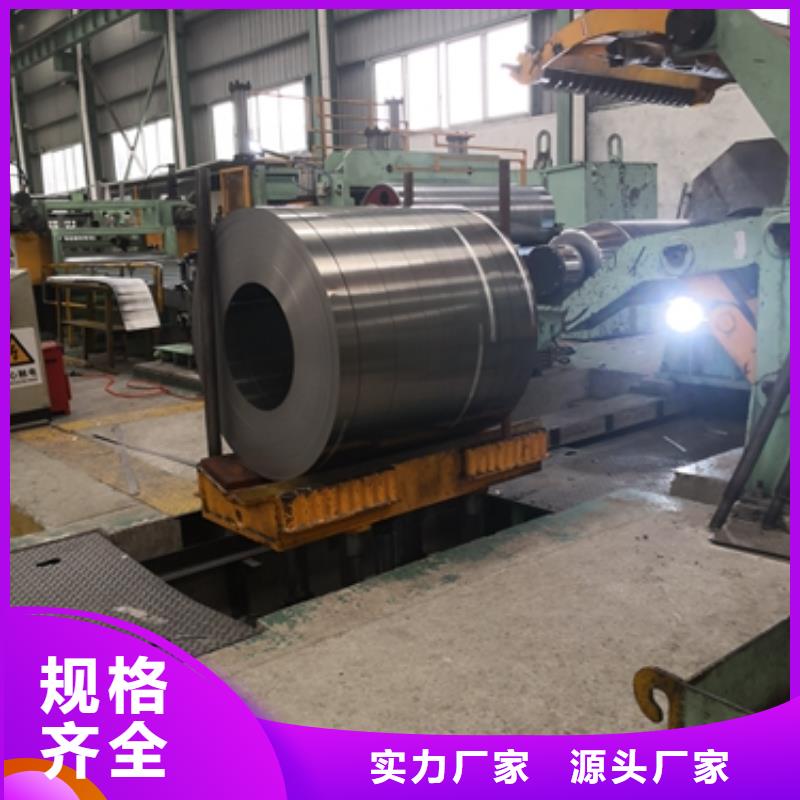
电工钢硅钢片汽车驱动电机铁芯的介绍电动汽车是以电驱动为基础的、四川乐山同城经济、四川乐山同城清洁的绿色交通工具,在能源、四川乐山同城环境等方面具有*的竞争力,而且能够方便地采用现代控制技术实现其机电一体化,具有广阔的发展前景。汽车驱动电机铁芯的电机驱动系统是电动汽车的动力源,是决定汽车运行各项性能指标的主体与内在根据。目前,电动汽车电机主要有直流电机、四川乐山同城感应电机、四川乐山同城永磁无刷电机以及开关磁阻电机等。汽车驱动电机铁芯永磁无刷电机可分为两类:一类是具有正弦波电流的永磁同步电机,另一类是具有矩形脉冲波电流的无刷直流电机。两种电机,转子都是磁体,电机转子不需要电刷和励磁绕组,通过定子绕组换相产生旋转转矩。由于转子没有励磁绕组,无铜耗,磁通小,在低负荷时铁耗很小,因此,永磁无刷电机具有高的“功率/质量”比,可以高速运转,同时由于没有转子的磨损且定子绕组是主要的发热源,易于冷却。汽车驱动电机铁芯的特性;汽车驱动电机铁芯的永磁无刷电机可靠性高,输出功率大,与相同转速的其他电机相比具有体积小,质量轻,便于维修,率,高功率因数等特点。 转子电磁时间常数小,电机动态特性好,通过调节 导通角,可以实现恒功率运行,通过优化控制 角还可以优化电机的效率,从而得到较宽的恒功率运行区以及较高的效率。电机高速冲定转子铁芯的概述当前国内外电机高速冲定转子铁芯的电机工艺技术的发展很快,随着冲压设备的吏新,国内外为电机高速冲定转子铁芯的电机冲片的生产提供了高质量、四川乐山同城率、四川乐山同城高精度的新型设备,它带来了电机冲片工艺技术为此,与之相适应的新工艺装备的设计技术已成为人们研究的新课题。电机高速冲定转子铁芯的定子冲片冲槽同时分离转子冲片和转子冲片冲槽同时切气隙是应用于高速冲槽机上的新的工艺方案,该方案在国外已被广泛应用,国内电机行业刚开始研究和应用,故为实现该工艺按所需工艺装备的设计技术作一些探讨。电机高速冲定转子铁芯的影响:电机高速冲定转子铁芯的电机冲片工艺技术在新品开发中的影响我国电机冲片传统工艺为复式冲槽和单式冲槽两大类,现分析如下:1)复式冲槽工艺方案:该方案冲片槽形整齐度好,工序少,工装少,但工装复杂精度要求高,设备条件要好,工装制造周期长,成本高,只适用于批量生产,不利于新品开发和小批试制。2)单式冲槽工艺方案:该方案冲片槽形整齐度差,工序多,工装多,设备多,工装较简单,质量不稳定,生产周期长,成本高,只适用于中、四川乐山同城小批生产。电机高速冲定转子铁芯的要求:1、四川乐山同城定位精度要求。该工艺方案中冲槽分离和冲槽切气隙两道复合工序,要求同一定位基准,确保定、四川乐山同城转子槽形,外圆鸠尾槽、四川乐山同城轴孔的同心度不大于0.02mm,中心孔定位满足同心度的技术要求,小侧孔与中心孔联合定位满足周向方位度的要求。2、四川乐山同城复合工序精度要求。冲槽分离复合工序:该工序有槽形凸模和切口凸模来完成级进冲裁工艺,该工序先冲槽后切口分离定、四川乐山同城转子冲片,两凸模在同一圆心轨迹上同步动作,两凸模之间的中心夹角为槽形中心夹角的一倍半,该工艺装备应用在高速冲槽机上,其槽形分度精度由设备上弧面凸轮式步进机构来保证;

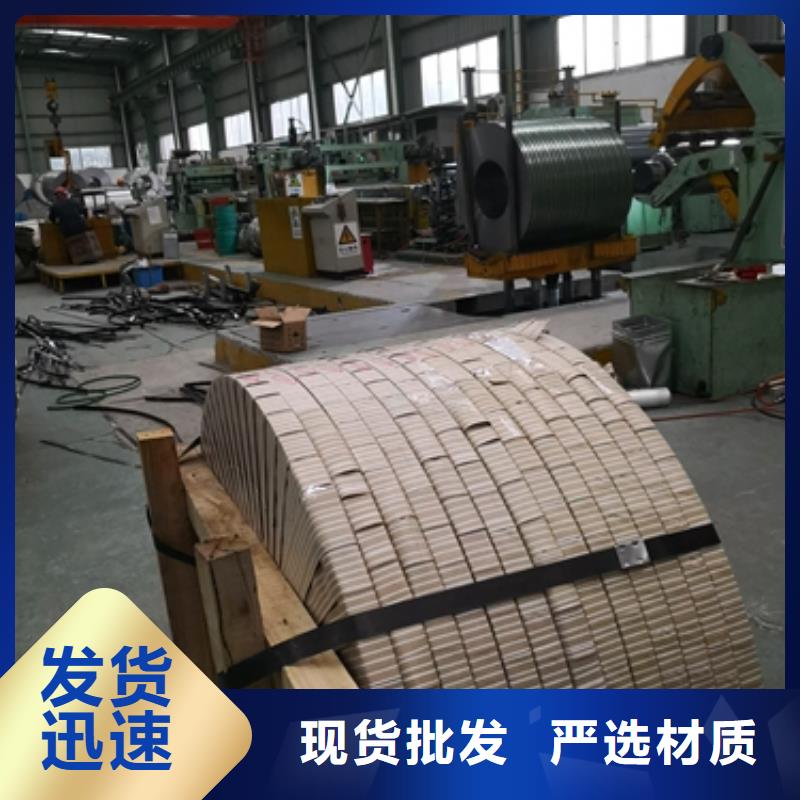
电工钢硅钢片硅钢是一种硅铁合金。用硅钢轧制的片材是电工领域中应用广的软磁材料,因而硅钢片又称电工钢片。硅钢片广泛用于电动机、发电机、变压器、扼流圈、电磁机构、继电器及测量仪表中电机工业大量使用厚度为0.35~0.50mm的硅钢片,用于:中型旋转机,压缩电机,通用马达,小型精密电机,电动汽车,压缩机,通用电机,电源变压器,精密变压器,节能电机,焊机变压器,稳压器,磁性密封器,加速器用电磁铁,汽车电机等;在电信高频技术中常用0.05~0.20mm的薄带钢片,以便更有效地降低涡流损耗。热轧硅钢片厚度为0.35~0.50mm,密度为7.55~7.70g/cm3,多用于大、中、小型交、直流电动机;冷轧无取向硅钢片厚度为0.35~0.50mm,密度为7.65~7.75g/cm3,多用于大型交流发电机、电动机,大、中、小型交、直流电动机;冷轧取向硅钢片厚度为0.23mm 0.27mm 0.3mm 0.35mm,密度为7.65g/cm3,多用于电力变压器、油浸式变压器,干式变压器,电抗器、磁放大器等;冷轧取向薄带厚度为0.05~0.20mm,多用于无线电高频变压器。
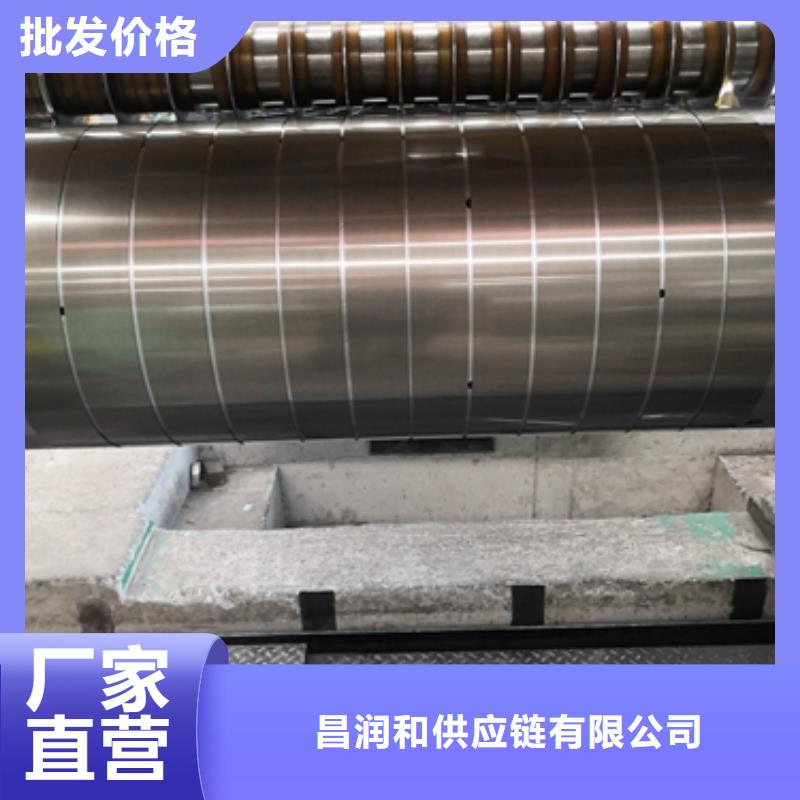
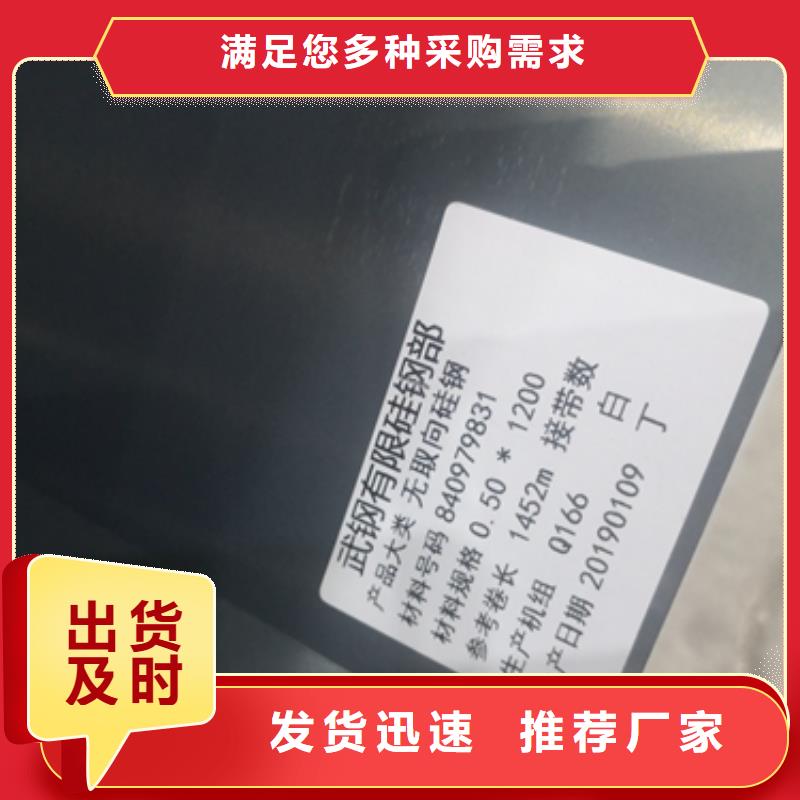
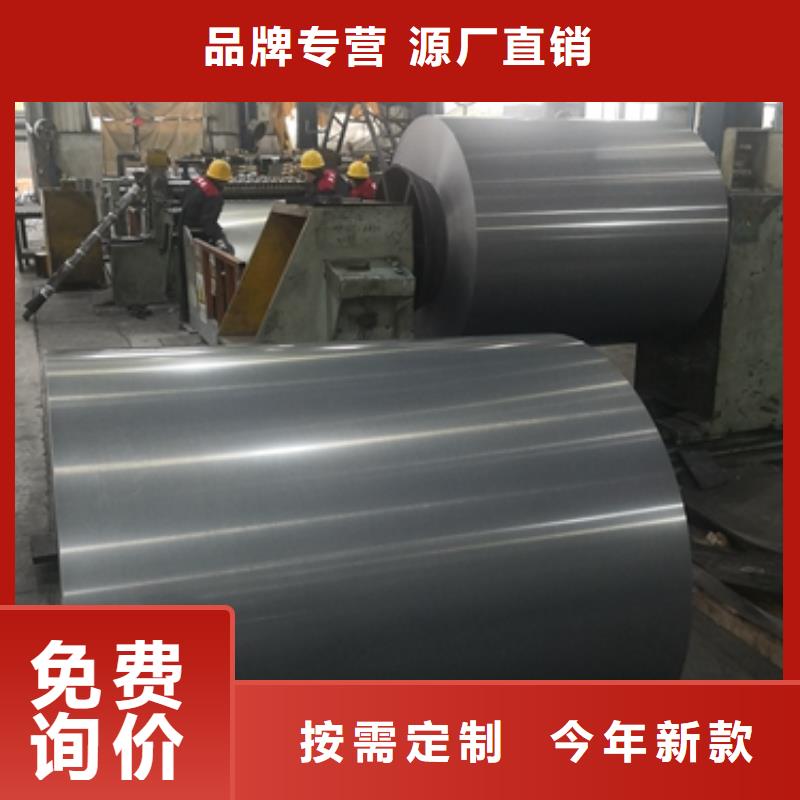
鹿程国际贸易有限公司致力于向客户提供满足其需求的 四川乐山汽车大梁钢, 以及售后服务和解决方案,为客户创造长期价值。 以企业“重信用,守合同,保证质量”为核心宗旨目标;并与多家 四川乐山汽车大梁钢品牌商建立了长期稳定的关系;不断升级、创新;不断公司的技术平台实力来满足日益增长的市场需求,以便更优的带动公司内部运营效率,为企业提供服务。

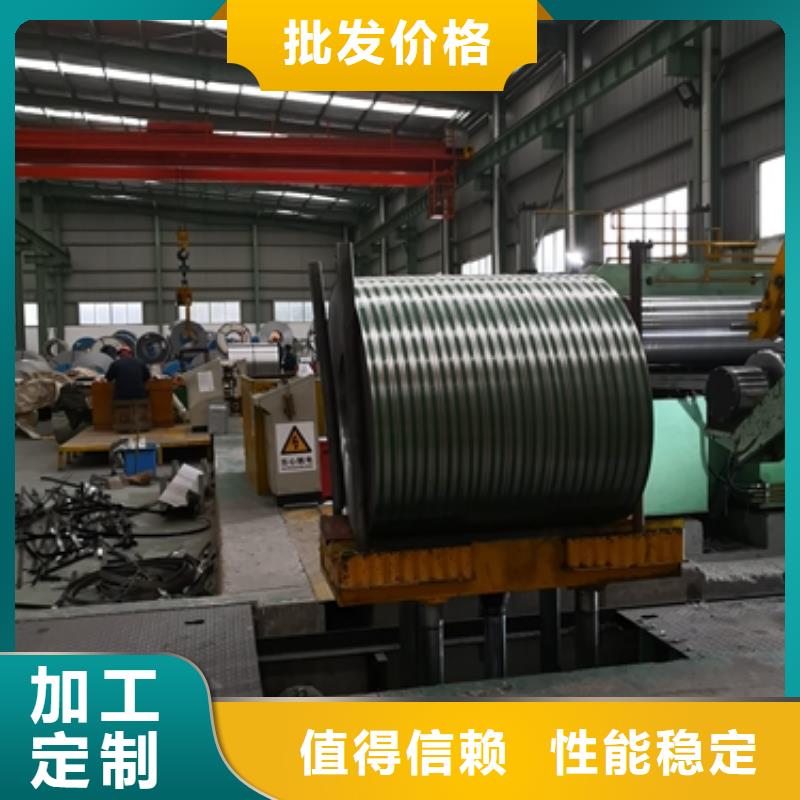
电工钢硅钢片Electrical steel, also known as silicon steel sheet, is an indispensable metal material in the power, electronics, and military industries, and is also the largest functional material in production. It is mainly used as the iron core for various motors, generators, and transformers. Since it is a functional material, its performance testing also revolves around "function". These indicators are often mentioned in trade and processing processes, and a brief understanding can help everyone better carry out their work. The performance testing of electrical steel mainly includes the following aspects: magnetic inspection, stacking coefficient inspection, coating adhesion inspection, repeated bending inspection, size and shape surface inspection, and conventional mechanical property inspection. In addition to the types of products listed above, there are also some special purpose electrical steel plates, such as 0.15 and 0.20mm thick 3% Si cold-rolled non oriented silicon steel strips and 0.025, 0.05, and 0.1mm thick 3% Si cold-rolled oriented silicon steel strips, which are used as intermediate and intermediate grade High frequency motors and transformers, as well as pulse transformers, etc; 0.7mm thick 3% Si high-strength cold-rolled non oriented silicon steel plate for relays and power switches; High strength cold-rolled electrical steel plate for new high-speed motor rotors; Low carbon electrical steel hot-rolled thick and cold-rolled plates for magnetic shielding and high-energy accelerator electromagnets such as medical magnetic resonance tomography scanners; 4.5% to 6.5% Si high silicon steel plates for high-frequency motors, transformers, and magnetic shielding.
Generally, motors, transformers, and other electrical components are required to have high efficiency, low power consumption, small size, and light weight. Electrical steel plates are usually guaranteed to have magnetic properties based on core loss and magnetic induction strength. Magnetic induction strength is the number of magnetic lines passing through a unit cross-sectional area of the iron core, also known as magnetic flux density. It represents the material‘s magnetization ability, measured in T. The magnetic induction strength of electrical steel plates is high, and the excitation current (also known as no-load current) of the iron core is reduced. Copper and iron losses are also reduced, which can save electrical energy. When the power of the motor and transformer remains constant, the magnetic induction intensity is high, and the design Bm can be increased. The cross-sectional area of the iron core can be reduced, which reduces the volume and weight of the iron core, and saves the amount of electrical steel plates, wires, insulation materials, and structural materials used. This can reduce the total loss and manufacturing cost of the motor and transformer, and is beneficial for the manufacturing, installation, and transportation of large transformers and motors. The main requirements for the performance of silicon steel are:
1. Low iron loss is the most important indicator of the quality of silicon steel sheets. Various countries classify grades based on iron loss values, with the lower the iron loss, the higher the grade.
2. Under strong magnetic fields, the magnetic induction intensity (magnetic induction) is high, which reduces the volume and weight of the iron core of the motor and transformer, saving silicon steel sheets, copper wires, and insulation materials.
3. The surface is smooth, flat, and the thickness is uniform, which can improve the filling coefficient of the iron core.
4. Good lamination performance is more important for manufacturing micro and small electric motors.
5. The adhesion and weldability of the surface insulation film are good, which can prevent corrosion and improve the punching performan
